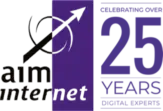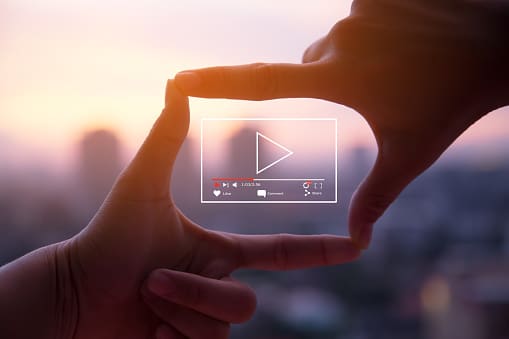Why Fragmentation Has Held Back Digital Marketing
Fragmentation and complexity have long blocked digital marketing’s progress. For many brand managers, digital comms are only a small part of their day. They’re understandably overwhelmed when faced with evolving formats, platforms, and performance metrics.
Imagine if every TV channel demanded different edits of an ad. Or if marketers needed to master camera tech before shooting a commercial. That’s how it can feel trying to stay on top of digital. This complexity creates a natural barrier.
Until recently, few solutions have existed to simplify this challenge. But that’s changing.
Video: The Format That Unifies the Digital Experience
Video offers a universal format. It works across social , search , mobile, and display. It’s also intuitive to produce and understand. That’s why video is becoming the backbone of many digital campaigns.
Video’s simplicity hides enormous technical power. It allows advertisers to combine emotion with data-led targeting. Brands can now test content and tweak based on real-time feedback.
Contact Us
The big platforms know this too. Facebook, Twitter, and Instagram have raced to develop video tools that rival YouTube’s dominance. AOL and TikTok are also building momentum. Each one now supports advanced video strategies—from autoplay previews to branded video carousels.
This makes video the most versatile content format in digital today.
Facebook vs YouTube: Who’s Winning the Video Race?
YouTube still holds massive reach. Over 1 billion users visit monthly, and daily watch time is up 50% year-over-year. But Facebook is catching up quickly.
The platform now serves 3 billion video views a day. It also makes video free to run—an attractive offer to advertisers. If Facebook convinces even half of its advertisers to use video, it could outpace YouTube’s $6 billion annual income.
That said, YouTube’s engagement is still stronger. It’s built around long-form viewing. That’s hard to replicate on newsfeed-based platforms.
Both platforms will likely remain critical players. Choosing one over the other depends on your audience and goals.
Marketers Are Shifting Budget from TV to Online Video
The last 18 months have changed marketers’ mindsets. Many are now reallocating 10% to 20% of their TV budget to online video. Why? Because the ROI is clearer.
Online video enables broader, more targeted reach. It also offers real-time performance data. This makes it easier to justify spend to finance teams and board members.
The shift isn’t just about platforms. It’s also changing who creates the content. Agencies, media partners, and even influencers now compete to produce brand-ready video.
As spend increases, so will competition—both for attention and for results.
The Metrics Maze: Not All Views Are Equal
Here’s the catch: not all video views mean the same thing.
A user watching three seconds of autoplay on Facebook doesn’t equal a 30-second YouTube view. But that’s how each platform defines “a view.”
This inconsistency makes reporting difficult. Agencies often try to unify metrics in one tracker. But in doing so, they mask important differences.
There’s a wide range of video formats too:
-
Skippable TrueView ads
-
Forced pre-rolls
-
In-banner video
-
Auto-play and auto-preview posts
Understanding how each format works—and how views are measured—is essential to campaign success.
Final Thoughts: Online Video Is Maturing, But Strategy Must Too
Online video has grown up. The tools, platforms, and performance data are better than ever.
But to get results, marketers must be just as smart as the platforms are. That means understanding how and where views happen. It also means tailoring content to suit each channel’s audience and engagement rules.
The promise of unified, scalable reach is real. But so is the need to cut through complexity. Those who do both will win big.

